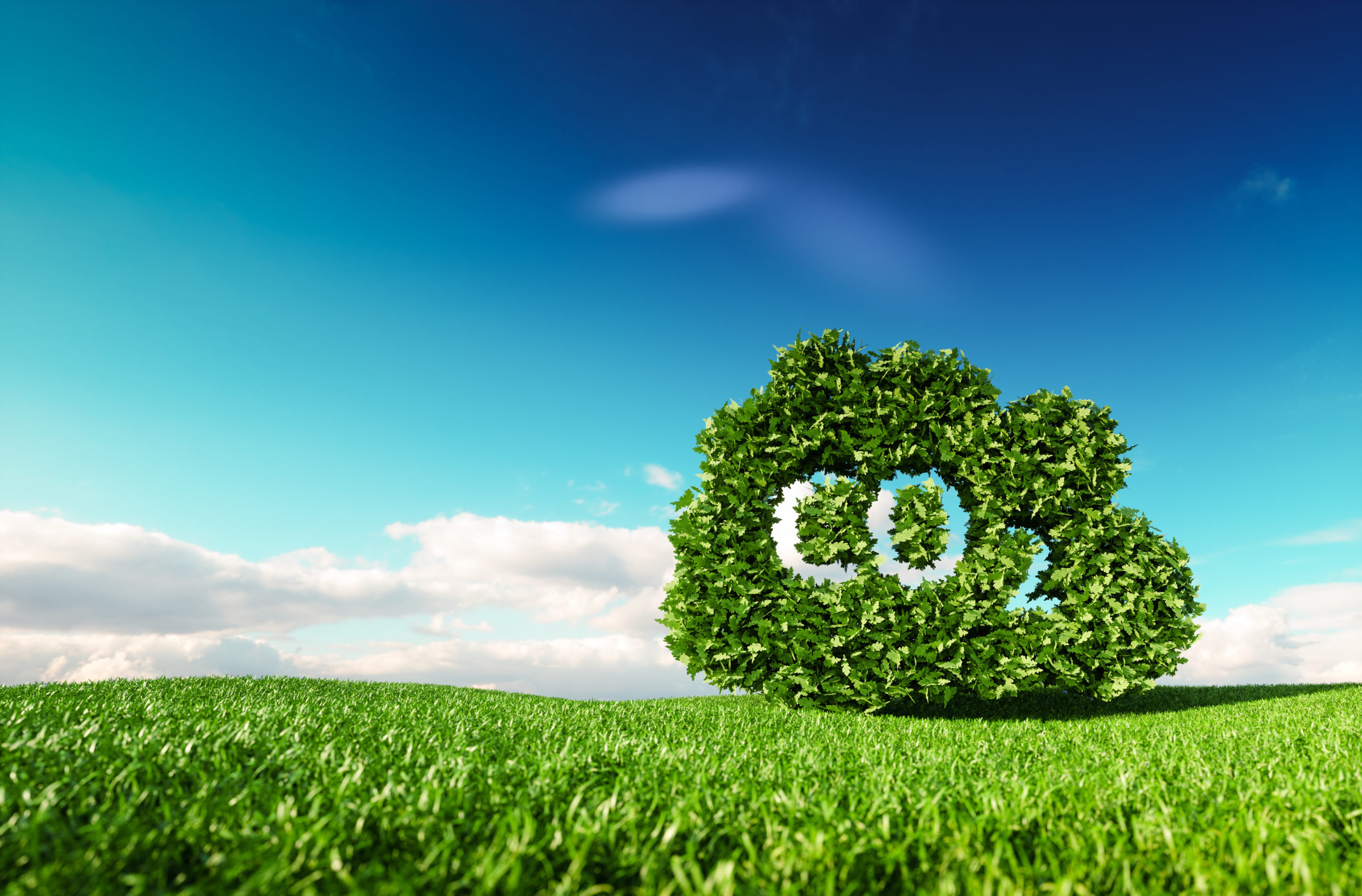Andaman has turned its sights to the Pacific and Northwest markets. For example, we have sold product to Symms Fruit Ranch outside of Boise, Idaho, a 4,500 acre diversified farm producing cherries, apples, peaches, nectarines, plums, pears, onions, potatoes, grain & cattle. Its products are distributed throughout the United States and exported to over 40 countries worldwide.
June 3, 2009
Disclaimer
My opinions and perspectives may differ from the information provided on the product label. The product label should be considered the primary and authoritative source of information. It includes important instructions, warnings, ingredients, and usage guidelines that should be followed for safe and effective use of the product.




